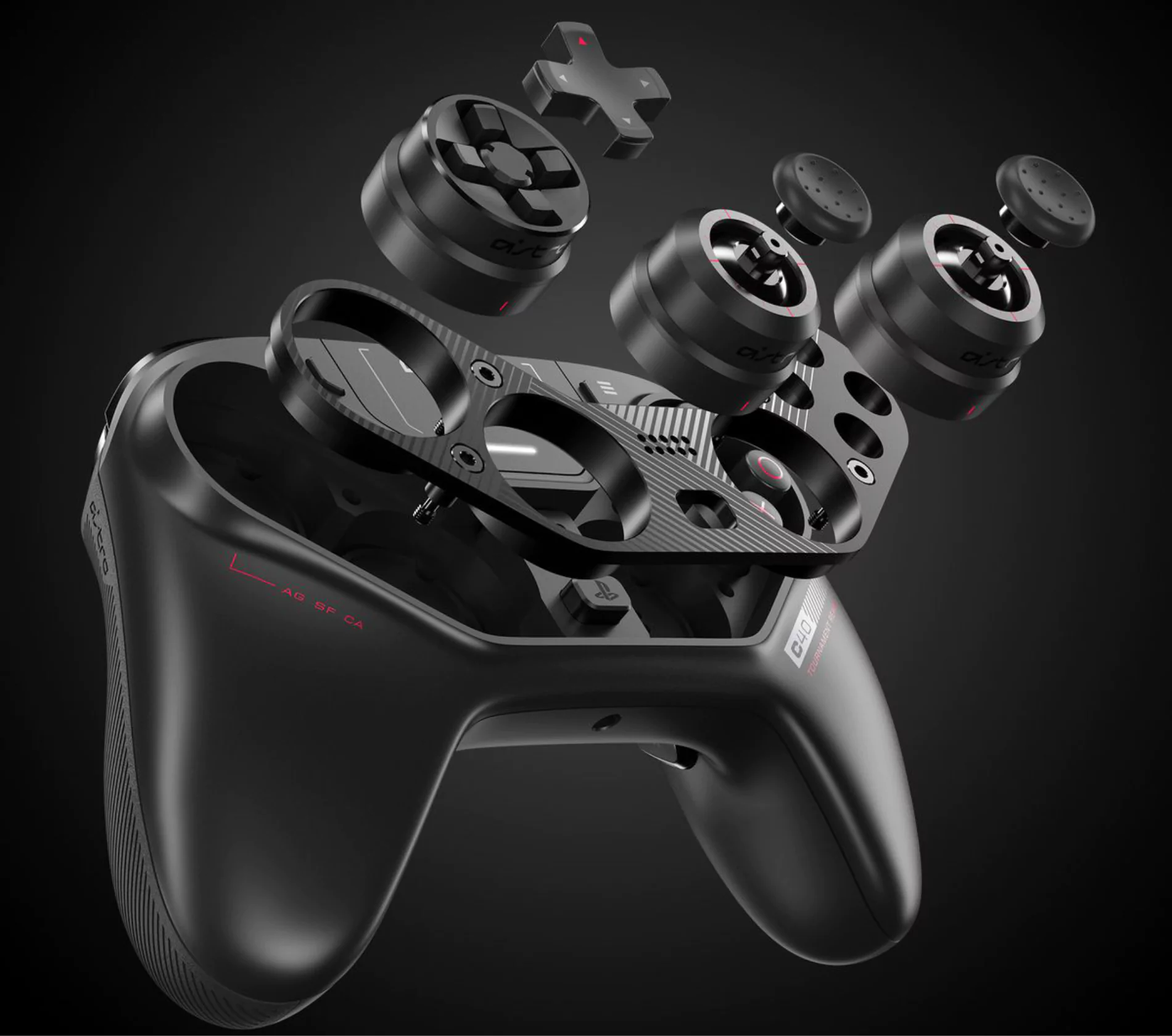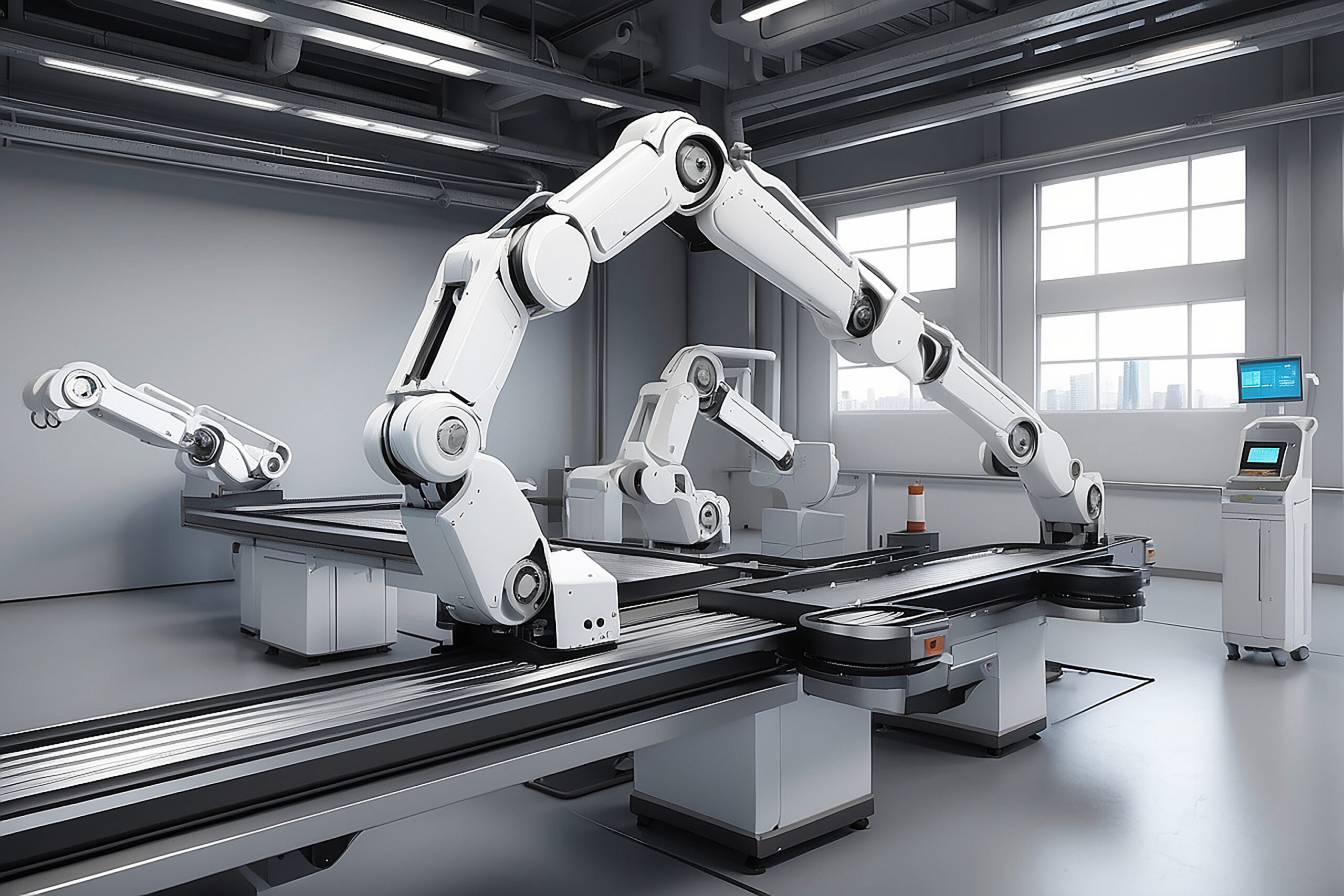Branding is a fundamental element for businesses, serving as the face, identity, and personality of a company. It encompasses all the ways in which a business presents itself to the public, including its name, logo, visual design, messaging, and reputation. Effective branding is crucial for several reasons like Recognition, It helps businesses stand out in a crowded marketplace. A strong and consistent brand makes it easier for customers to identify and remember a company.Trust and Credibility A well-established brand builds trust and credibility with customers. It signals professionalism and reliability, which can lead to increased customer loyalty. Emotional Connection, Branding can create emotional connections with customers. When a brand aligns with customers’ values and aspirations, it can evoke positive feelings and loyalty. Differentiation, In competitive markets, branding sets a business apart from its competitors. It communicates what makes a company unique and why it’s the best choice. Consistency, Effective branding ensures a consistent and coherent message across all touch-points, from advertisements to customer service interactions.
It also helps in Value Perception ,A strong brand often allows a business to charge premium prices, as customers perceive higher value in products or services associated with a reputable brand.
In essence, branding is not just about a logo or a catchy slogan; it’s about shaping how your business is perceived by the world and building a strong foundation for growth and success. Check out 3D Logo Animation.
Logo animations have become increasingly relevant in modern branding for several compelling reasons. Firstly, logo animations add a dynamic and engaging element to a brand’s identity, making it more memorable and captivating for consumers. This can help a brand stand out in a crowded market and leave a lasting impression on its target audience. Additionally, logo animations can effectively convey a brand’s values, personality, and message in a visually appealing way, enhancing its overall brand storytelling and creating a stronger emotional connection with consumers. Did you know why 3D Animation is the future of the marketing?
1. The Evolution of Logo Design
Logo design has come a long way over the years, evolving to meet the changing needs and preferences of businesses and consumers alike. This section explores the historical progression of logo design and why the shift towards animated logos is a natural evolution, Dive into the following article: Elevate Your Marketing Strategy with 3D Animation: Exploring the Various Types of Promotional Videos.
Early Logo Simplicity
In the early days of branding, logos were simple, often comprising just a company name or a basic symbol. They served as recognizable marks but lacked the dynamism of modern logos. Initially, there was little emphasis on logos and their details.
Print Era Logos
With the advent of print media, logos became more detailed and intricate. Companies aim for intricacy to convey professionalism and reliability in printed materials. Print media was all flooded with logos.
Digital Age Demands
The digital age brought new challenges and opportunities. Logos needed to adapt to various screen sizes and resolutions, leading to a trend towards simplified and scalable designs. These simplified designs allowed logos to be easily recognisable and effective across different digital platforms. Additionally, the rise of social media and mobile applications increased the need for logos to be adaptable and easily identifiable in small sizes, further driving the demand for simplified designs.
Rise of Visual Storytelling: As consumers became more visually oriented, logos began to incorporate elements of storytelling. Businesses realized the power of visuals in conveying their brand’s narrative. Logos started to incorporate symbols, colors, and imagery that resonated with their target audience, creating a deeper connection and emotional response. This shift in logo design allowed businesses to effectively communicate their brand’s values and messages through a single visual representation.
Dynamic Branding
Modern consumers expect brands to be dynamic and adaptive. The static nature of traditional logos can no longer fully engage audiences in an era of interactivity and motion graphics. Dynamic branding addresses this need by incorporating elements that can be easily adapted and animated across various digital platforms. By embracing motion graphics and interactive design, brands can captivate their audience and create a more immersive brand experience. This approach not only keeps up with the evolving technological landscape but also allows brands to stay relevant and memorable in a fast-paced digital world.
Enter Logo Animations
Logo animations emerged as a solution to this need for dynamism. They retain the essence of a brand’s identity while adding an engaging layer of motion and storytelling. Logo animations have become a popular tool for brands to enhance their visual storytelling and create a lasting impression on their audience. With the ability to convey emotions, convey messages, and showcase creativity, logo animations have proven to be an effective way for brands to stand out in a crowded digital space. Additionally, logo animations can be easily shared across various platforms, increasing brand visibility and reach.
2. The Impact of Logo Animations
3D Logo Animations have a profound impact on branding and audience engagement in today’s digital landscape. This section explores the significant effects they have:
Enhanced Brand Recognition
Logo animations create a memorable and unique brand identity. The dynamic movement and interactivity make your logo more recognizable and memorable.
Improved Brand Recall
The motion and storytelling in logo animations enhance brand recall. Viewers are more likely to remember and associate your brand with positive emotions and experiences.
Captivating User Attention
In a world filled with static visuals, logo animations stand out. They capture the viewer’s attention and entice them to explore further, improving engagement.
Conveying Brand Personality
Animated logos allow you to convey your brand’s personality and values effectively. Whether it’s through subtle animations or bold transitions, your logo can communicate your brand’s essence.
Enhanced Storytelling
Logo animations enable brands to tell a story in a concise and impactful way. They can convey the evolution of your brand, highlight product features, or showcase your commitment to innovation, check out the Cadyce Case Study.
Positive User Experience
Websites and apps that incorporate logo animations offer a more interactive and enjoyable user experience. It can make your digital presence feel more dynamic and user-friendly.
Social Media Appeal
Animated logos are shareable and stand out on social media platforms. They encourage users to engage with and share your content, increasing your brand’s visibility.
Professionalism and Modernity
A well-executed logo animation signals professionalism and a commitment to modernity. It shows that your brand is keeping up with design trends and technological advancements.
Adaptive Branding
Logo animations can adapt to various media and devices seamlessly. Whether it’s a website, mobile app, or video content, your brand remains consistent and engaging.
Competitive Advantage
In a competitive market, logo animations set you apart from competitors with static logos. They showcase your dedication to creating immersive and engaging brand experiences.
https://www.youtube.com/watch?v=V8PPe3KpWAI&pp=ygURM2QgbG9nbyBhbmltYXRpb24%3D
3. The Technology We Sue for Logo Animations
The creation of captivating 3D logo animations involves a fusion of artistry and cutting-edge technology. In this section, we’ll delve into the technology that powers these mesmerizing visual experiences:





